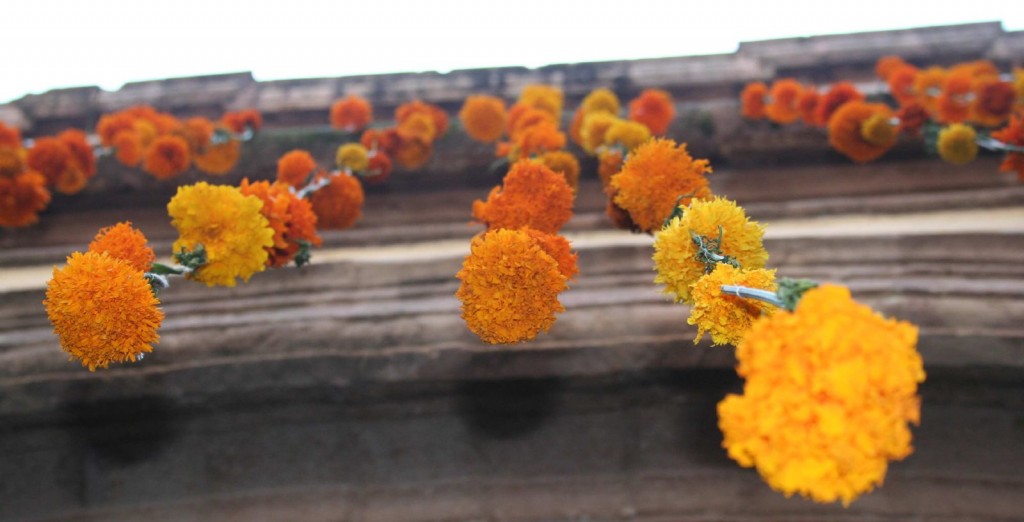What is the Meaning of The Day of the Dead?
The annual Mexican celebration, Día de Muertos (Day of the Dead), is a time when families gather to honor and remember deceased loved ones. It is believed that the souls of the dead return to visit the living families in homes, businesses and cemeteries. The Aztec honored their dead with fiestas and rituals during the harvest season. They viewed death as the beginning of the cycle of seasons and life.
Día de Muertos festivity takes place at the end of October and November 1st and 2nd each year in Mexico. This is a joyful festivity for families and the community. Music is played at home and at the cemeteries. October 28th is the day of the Accidentados, those souls that died in accidents. On October 31st we honor the souls of children, called los angelitos. On November 1st, we remember the spirits of adults. The spirits are believed to depart the following day, November 2nd. Entire Mexican families construct traditional ofrendas (altars, offerings) that reflect a mixture of Catholicism and ancient Mexican/Aztec cultural practices. The altars vary greatly, depending on village and regional traditions. In the homes, much effort goes into preparing traditional foods.
Anything can be placed on the altar for the visiting souls, including traditional food, fresh flowers, pan de muerto (or bread for the dead), candles, copal incense (aromatic tree resin), fruits, cloths, photographs, favorite drinks of the deceased, sugar folk toys, religious images and clothing. Decorations also include tombstones, skulls and skeletons made of clay and other materials, sugar skulls, and papel picado. Most importantly, a photograph of the departed soul is placed on the altar. Pan de muerto, bread for the dead, is sweet and baked in shapes of skulls and human figures. Traditional loaves are round with a central raised knob of dough, representing the skull, with crossed bone-shaped decorations radiating from the central knob. Día de Muertos also includes traditional dishes, such as chicken in red or black mole sprinkled with sesame seeds; tortillas, tamales made from ground corn; soft drinks or aguardiente (“white-lightning” liquor),tequila and always a glass of water. It is believed that the returning souls are thirsty after a long journey. Water is also believed to be a main support of life.

The flower of the dead is called Cempasúchil (Náhuatl, or Aztec, name for marigold). Cempasúchil was the symbolic flower of death for the Aztecs, because once it is cut, it dies very quickly. While orange and yellow marigolds are the main flowers, magenta terciopelo (ruby coxcombs) and nube (baby’s breath) are also traditionally displayed. Copal (tree resin) is used as incense and is a symbolic transformation of the physical to the supernatural, associated with the death of the soul returning to the ofrenda. The name of each departed is written on a sugar skull. The names of the living are also written on these treats to introduce children to the idea of death in an atmosphere of joyful celebration. These sugar skulls are eaten and the living come to associate pleasant sensations with the sadness of death. Candles and fresh marigold flowers are placed on the altar to light and guide the way of the souls to the altar. Paths are marked with flower petals showing the departed souls the way to the altar. Day of the Dead toys are also placed on the altar. Painted clay skeleton figures portray the dead resuming their normal activities such as playing. Pull toys, coffins and crank boxes are displayed for the dead to play with. Living with death in this way means that Mexicans learn to accept death as part of life.
Day of the Dead Festival NYC
To experience the Day of the Dead first hand, please join us at the annual Day of the Dead Festival in NYC.
